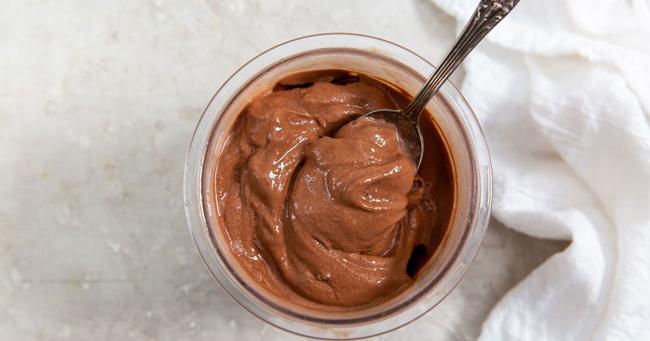Summary
Plus, a six-move build and burn workout for ya. Picture this: a dimly lit workout studio, the pounding of sneakers as people furiously push through burpees, all while a coach yells, Ten more seconds!
Source: Women's Health

AI News Q&A (Free Content)
Q1: What is metabolic conditioning, and how does it contribute to weight loss and muscle gain?
A1: Metabolic conditioning refers to structured workouts that aim to increase the efficiency of energy pathways in the body, leading to improved physical performance and body composition. These workouts usually involve high-intensity exercises that boost metabolism, helping in the reduction of body fat while simultaneously building muscle mass. The intense nature of these workouts creates an afterburn effect, where the body continues to burn calories even after the workout is complete.
Q2: How does high-intensity interval training (HIIT) compare to moderate-intensity continuous training (MICT) in terms of metabolic improvements?
A2: Research shows that HIIT is more effective than MICT in improving metabolic functions, particularly in enhancing insulin sensitivity and reducing adipocyte hypertrophy. HIIT promotes the upregulation of beneficial metabolic markers like interleukin 6, which plays a role in regulating metabolic pathways, leading to superior metabolic health outcomes compared to MICT.
Q3: What are the specific benefits of metabolic conditioning for athletes?
A3: For athletes, metabolic conditioning improves endurance, strength, and power. It optimizes the body's ability to efficiently use energy during sports activities, which can lead to better performance. Additionally, it helps in quicker recovery times and enhances overall athletic performance by conditioning the body's energy systems to operate more effectively.
Q4: Can metabolic conditioning workouts help in managing weight loss for different demographics?
A4: Yes, studies indicate that metabolic conditioning can be effective across various demographics, although the intensity and type of exercises may need to be tailored to individual capabilities and goals. Achieving maximum heart rate during workouts has shown to significantly contribute to weight loss and body fat reduction, particularly in young obese individuals.
Q5: What are some common exercises involved in a metabolic conditioning workout?
A5: Metabolic conditioning workouts typically include exercises such as burpees, kettlebell swings, squats, and sprint intervals. These exercises are performed at high intensity with minimal rest in between, aiming to engage multiple muscle groups and increase cardiovascular endurance.
Q6: Are there any risks associated with metabolic conditioning workouts?
A6: While metabolic conditioning can be highly effective, it also carries risks, especially if not performed correctly. The high intensity of these workouts can lead to injuries if proper form is not maintained. Additionally, individuals with certain health conditions should consult with a healthcare professional before beginning such a regimen to ensure it is safe for them.
Q7: What role does delayed onset muscle soreness (DOMS) play in metabolic conditioning?
A7: DOMS is a common experience after engaging in high-intensity training like metabolic conditioning. It indicates muscle adaptation and strength gains, although it should be managed to prevent injury. Understanding and managing DOMS can help individuals optimize their recovery and performance in subsequent workouts.
References:
- Metabolism
- Enzyme economy and metabolic control
- Comparative effect of high intensity interval training and moderate intensity continuous training on metabolic improvements
- Recent studies examining high-intensity resistance training protocols
- Metabolic conditioning for better health
- Metabolic conditioning workout benefits





